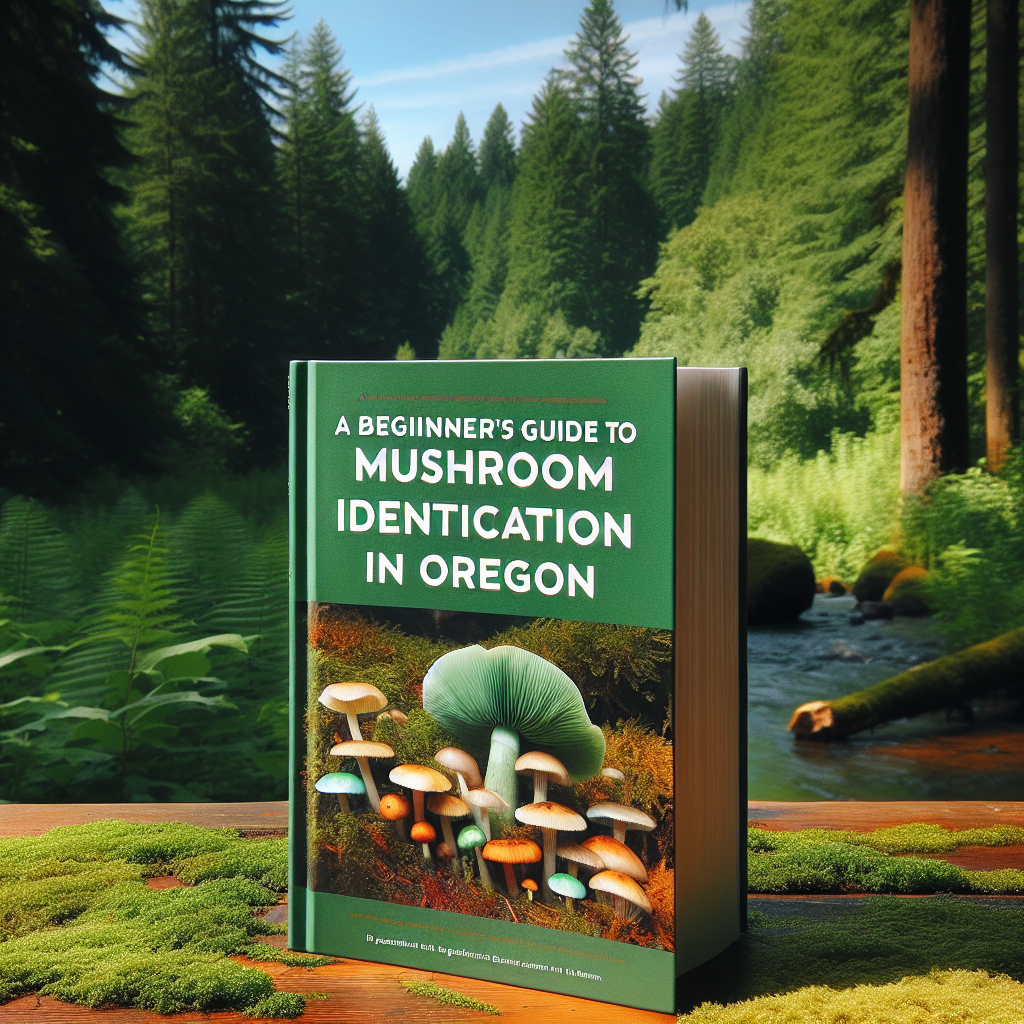Title: A Beginner’s Guide to Mushroom Identification in Oregon
Welcome to the fascinating world of mushroom foraging in the diverse landscapes of Oregon! This state’s unique blend of coastal, forest, and desert environments provides a true paradise for mushroom enthusiasts. To help budding mycologists navigate this wonderful but vast territory, remember these practical tips and tricks.
Understanding Mushroom Seasons in Oregon
In Oregon, mushroom seasons change depending on the weather and location. This state, with its evergreen mountains, rainforests, and dry eastern valleys, provides plenty of opportunities to find a variety of species all year round. The dense rainforests around Tillamook and the sprawling Mount Hood National Forest are particularly fruitful. Here, the wet spring and fall seasons offer prime mushroom hunting conditions.
But be mindful of the coastal weather, as it can change quickly in the afternoon. If you’re in the area around Newport or Florence, be sure to finish your afternoon foraging expeditions before the fog rolls in.
Identifying Common Mushroom Varities

The Morel, Matsutake, and Chanterelle mushrooms are among the most sought after in Oregon. Morels, with their distinctive honeycomb structure, typically crop up in the spring, especially in areas hit by wildfires the previous summer. Oregon’s dry eastern regions, like Eight Dollar Mountain and the Mill Creek Wilderness, are fantastic for finding these illustrious fungi.
Chanterelles, known locally as “Oregon’s gold,” usually make their appearance in the damp autumn months. These golden gems thrive in the mossy areas of the Siuslaw National Forest and around the Gymnast Trail in Fall Creek.
For the elusive Matsutake, or “pine mushroom,” head to the piny woods of Deschutes County in fall. Again, remember that mushroom hunting is a delicate endeavor requiring a gentle hand and plenty of patience. Always slice mushrooms at the stem base rather than pulling them up, so as not to harm future growth.
Safety First! The Poisonous Ones to Avoid
Just as Oregon’s forests are a veritable trove of delicious edible mushrooms, they also house some highly toxic varieties. The infamous Death Cap and the Destroying Angel are lethal and unfortunately, deceptively appealing. The false chanterelle, Sulphur Tuft, and deadly Galerina are also ones to watch out for.
If you’re ever unsure about a mushroom, remember the old Oregonian saying, “When in doubt, throw it out.” Mushroom poisoning is not something to take lightly, so always err on the side of caution.
Joining Local Foraging Groups
Oregon is home to an array of local mushroom foraging groups keen to share their love and knowledge of fungi. The Oregon Mycological Society hosts regular field trips and educational seminars, which can be a wealth of learning for beginners in Portland and surrounding areas. The Cascade Mycological Society in Eugene also provides similar types of activities.
Getting Required Permits
Before embarking on your mushroom hunt, keep in mind that local and state regulations require permits for foraging in certain public lands. And gentlemen, as locals jokingly say, “Make sure you have the right to forage before you forage the right.” Permits are usually inexpensive, so don’t let this detail deter you from nature’s joyous hide-and-seek.
Ending Notes
Mushroom hunting in Oregon, with its misty mornings and forest scents, can be both meditative and invigorating. But studying the local terrain, learning mushroom characteristics, and foraging responsibly is key to enjoying this activity to the fullest. So, grab your basket, your identification guide, and perhaps a knowledgeable friend for an unforgettable Oregon adventure. Stay safe, respect the forest, and happy foraging, friend!
